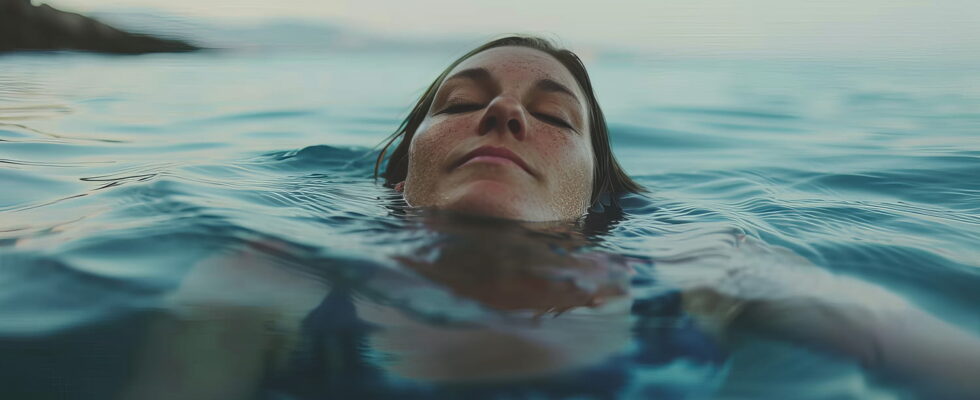Météo France is reporting days of maximum risk regarding rip currents (level 5 out of 5). The risk of drowning is significant.
Every year in France, swimmers are swept away and drown because of rip currents. Very dangerous, these rip currents are particularly present on the Aquitaine coast but can also be found on the English Channel and in Brittany. Météo France announced that the risk was “maximum” (5 out of 5) concerning rip currents on the coast of New Aquitaine on the weekend of July 6. In Charente-Maritime, 5 municipalities are particularly affected on July 5 and 6: Grand Village Plage, Saint-Georges d’Oléron, Saint-Trojan, La Tremblade and Les Mathes.
We often know the term but without always knowing what it refers to. A baïne corresponds to a basin, a hole in the sand formed along the beach over a very variable width. These can be basins or puddles in which children like to paddle (because the water stagnates and can be warmer there…) or baïnes hundreds of meters long, or even several kilometers. The danger of baïnes is that they are associated with a strong outflow current. The sea withdraws from the hole and then carries the swimmers out to sea. Even a very good swimmer cannot resist and it is useless to try.
“If you find yourself caught in a rip current, you should definitely not try to swim against it,” explains the National Society of Sea Rescuers (SNSM). On the other hand, you have to let yourself be carried by the waves, without panicking, keeping your head above water while attracting the attention of people on the beach or other sea users (surfers for example) by shouting and raising your hands. And “swim parallel to the beach and then swim back to shore when you find yourself in waters with less current or waves to carry you back to shore” inform the rescuers.
It is also important to follow the advice given each year by the authorities and lifeguards when you go swimming:
- Swim on a supervised beach and in swimming areas marked by flags
- Follow the instructions given by the colours of the flags on the beach (yellow: supervised with danger, red: prohibited)
- Let someone close to you know when you are going swimming and give an approximate time for the swim.
Finally, always take a fixed visual reference point on the beach (a rock, a building, a tree, your parasol, etc.) in order to notice that you are moving to the right or the left and return to your reference point if this is the case.
